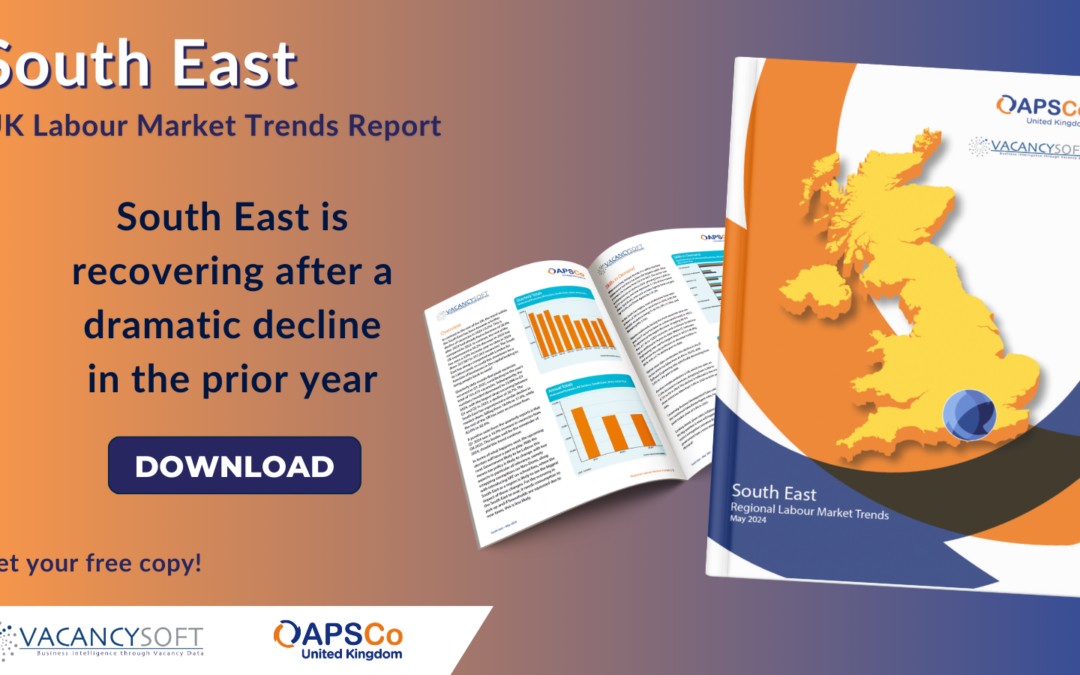
In the North East, the industrial and Engineering sector leads workforce growth, with a 22.4% year-on-year increase in vacancies, reaching nearly 1,197. This surge reflects rising investments in infrastructure and manufacturing, essential drivers of regional economic stability and development.

With the Labour Party now in power, its policy framework is expected to drive significant changes in the economy and labour market. The construction industry is preparing for a housebuilding effort on a scale not seen in decades. In other sectors, the focus is on how business-friendly the new government will be.

In the first seven months of 2024, Scotland recorded 12,766 professional vacancies, which accounted for 5.3% of the UK’s total of 226,708 vacancies. Scotland’s job market has seen a modest year-on-year increase of 0.5%, significantly lagging behind the UK’s national average growth of 2.5%.

With the general election now behind us, the UK economy is showing signs of acceleration. Economists are already revising their forecasts on GDP growth for this year, and the fact that Starmer has won with such a significant mandate means that there is certainty about what lies ahead for business.

With the UK still experiencing lower levels of labour market economic activity than before the pandemic, the North East faces the challenge of a growing divergence in growth compared to the southern regions of the country.

The symbiotic relationship between London and the South East has only strengthened in recent years, as the region has become a leading global hub for the high-tech industry. However, looking at this year so far, the region has experienced a slump in jobs and recruitment, especially compared to the peak of the post-pandemic period.








